What are Nano Cell TVs
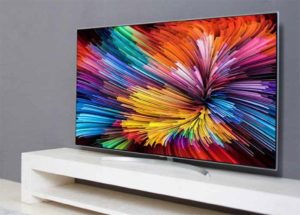 For several decades, CRT TVs were the undisputed leaders on the market. However, the evolutionary development of technology, and most importantly production capabilities, has led to the fact that products with completely new qualities regularly begin to go on sale. Plasma screens were considered a breakthrough. But they did not remain among the leaders in terms of innovative qualities for long. LCD monitors have replaced them. The producers did not rest on this. OLED technology with an ultra-thin screen and new color quality seemed to meet all the new requirements. The appearance of Nano Cell changed the situation, which became the next step in evolution. It is based on the principles of nanotechnology, which allows you to obtain even better images.
For several decades, CRT TVs were the undisputed leaders on the market. However, the evolutionary development of technology, and most importantly production capabilities, has led to the fact that products with completely new qualities regularly begin to go on sale. Plasma screens were considered a breakthrough. But they did not remain among the leaders in terms of innovative qualities for long. LCD monitors have replaced them. The producers did not rest on this. OLED technology with an ultra-thin screen and new color quality seemed to meet all the new requirements. The appearance of Nano Cell changed the situation, which became the next step in evolution. It is based on the principles of nanotechnology, which allows you to obtain even better images.
The content of the article
What are Nano Cell TVs
The adaptive capabilities of the human eye when reading a visual image are much higher than those of modern technology. The crystal is capable of transmitting an object to the retina in optimal quality, preserving the nuances of color and contrast. Nano particles, being part of the screen matrix, are able to more accurately convey shades. The image is noticeably more realistic than previous TV models. This is achieved by reducing the width of the spectrum of primary colors. They do not need to mix to get the desired color. Nano particles emit a precisely dosed light pulse.
Another advantage of Nano Cell is the ability to maintain the brightness and saturation of colors at a larger radiation angle.The image will be almost the same when viewing a TV set more than 60° to the viewer. A matrix of quantum dots with a diameter of a few or tens of atoms, each of which emits only one color, provides a significant advantage over OLED technology.
Attention! LG's flagship SJ9500 comes in a unique ultra-thin design with a crescent-shaped stand that creates the illusion of a TV suspended in space.
The potential of using nanotechnology in television production has not yet been fully realized. You can fully enjoy the image quality when the corresponding content is played on the screens. But today, traditional HDR images acquire a very noticeable advantage in accuracy and richness on Nano Cell screens.
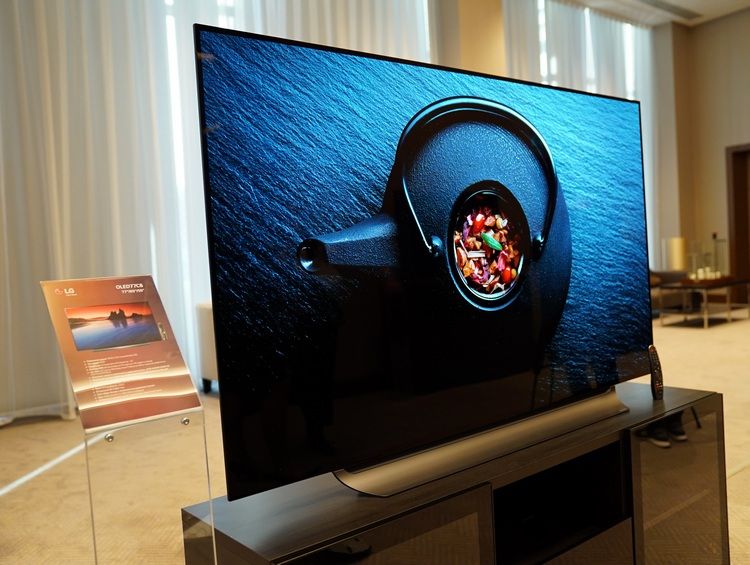
Principle of operation
Samsung has become a pioneer in the use of quantum dots. The products received the QLED label. But LG almost immediately offered its own version of Nano Cell technology. Many experts expressed skepticism about the appearance of the new product. Noting the improved color rendition and image brightness, it was suggested that the presented samples are ordinary LED TVs, but with a film of nanoparticles applied. There is some truth to this. But on the other hand, quantum dots are essentially LEDs, only significantly smaller in size. There are no contradictions. The Nano Cell screen, with the same power consumption, is capable of reaching 2,000 nits of brightness, relative to standard LCD monitors with values of 400-700 nits.
Important! While losing to Nano Cell in terms of color reproduction and brightness, traditional OLED technology has greater contrast due to the ability to control the shutdown of each pixel. Local darkening zones turn out blacker. However, this can only be of practical importance for solving specific problems.
The size of a quantum dot is 2-7 nm, which is approximately equal to 15-150 atoms. When irradiated, high efficiency is achieved. There are no energy losses when mixing colors. In fact, efficiency approaches 100%. The small size of quantum dots creates a characteristic structure of the screen surface, which, together with a wide range of radiation, gives the viewer a complete sense of realism of the image at significant viewing angles.
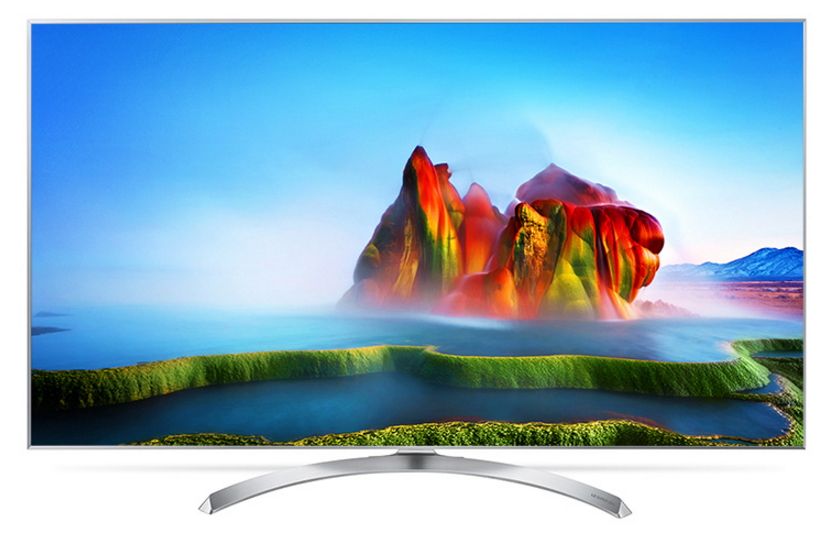
What is the difference between Nano Cell and QLED
Both technologies emerged almost identically. Samsung presented models of the Q line, for example - Q 7, Q 8, Q 9. At the same time, LG began promoting products with Nano Cell technology - SJ8000, SJ8500 and SJ9500. Fundamentally, the products of the two South Korean electronic giants are no different. The main operational characteristics are almost the same. But both technologies significantly outperform OLED. The goal of production was precisely to compete with traditional LCD panels.
Despite the fact that Nano Cell and QLED have much in common, there is a different approach from manufacturers to potential consumers. If Samsung initially relied on producing premium products, LG is trying to promote products at a more affordable price. The share of TVs with a quantum dot matrix in the coming years may exceed 50% of total sales, and it is not yet clear whose concept will win.Even the fact that Samsung was the first to declare its rights in this segment of electronic products does not make it a clear favorite.
Important! LG is installing a new WebOS 3.5 operating system with advanced features on models with Nano Cell technologies. By pressing a button you can get information about an actor, film, musician. In addition, Netflix and Amazon services can be accessed by pressing the corresponding buttons on the remote control.
LG's advertising campaign is based on promoting products labeled Nano Cell, which guarantees a higher quality image and the ability to see an undistorted picture at greater angles than all other products in this class. However, the available research results do not give reason to say this unambiguously. QLED is not inferior to its competitor in basic terms.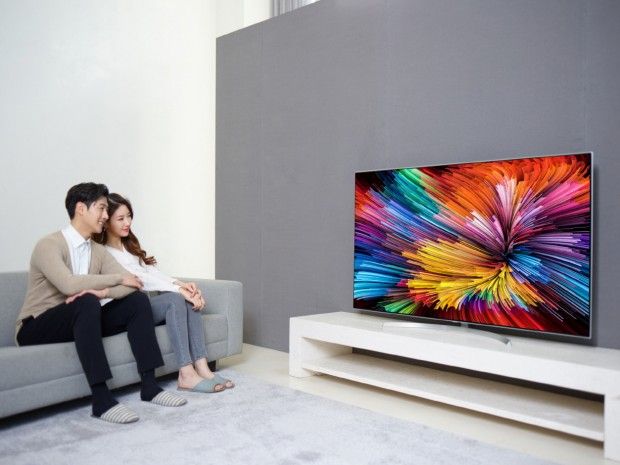
Quite rightly, experts noted the more universal nature of the Nano Cell operating system, capable of supporting the most popular existing modes and standards of raster images. In this way, the manufacturer guarantees that you can use the TV without fear of incompatibility. However, the final decision will be made by the buyer. Today it is too early to draw conclusions about what is better. Too little time has passed since the start of sales and the real benefits are not obvious.
In conclusion, it should be noted that at the moment both Korean concerns have gained some advantage over their competitors. TVs with a matrix of quantum dots on open sale have the LG and Samsung logos. The ability to make compromises and experience in promoting products do not make these companies enemies.Wide cooperation in the mutual supply of electronics components makes them partners rather than competitors. The market is voluminous and both products labeled Nano Cell and products labeled QLED will find their buyer.
That’s precisely what Sony is and was a pioneer in quantum dots (like OLED), but apparently Gnusmas has a lot of money and they paid everyone to be named first (if you look at the history of the company, this is not the first case)
Who told you that this article was paid for by Samsung? Here it looks more like another Korean company paid, because... First of all, Nano Sell is promoted and the author does not have any links to the original source or confirmation. No one has ever officially stated that Nano cells are quantum dots. Another stuffing.
Dear author of the article, what marketers ordered from the Korean brand LV, you have 3 requests. 1st, repeat the cases and check the endings of words in your text. 2nd, under the “lamp” with the text “Important!” usually indicate explanations for the article or complex technical abbreviations, and not just another text from a marketer that needed to be crammed into the article.3rd and most important, think about your reputation before posting this, because: TVs from LV use IPS matrices, by default with good viewing angles, but with terrible contrast and no magic other than marketing in this aspect No. And Samsa introduced quantum dots back in 2015. Learn materiel.

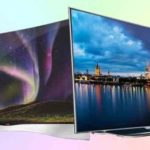
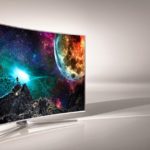
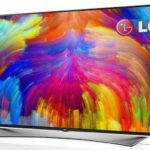
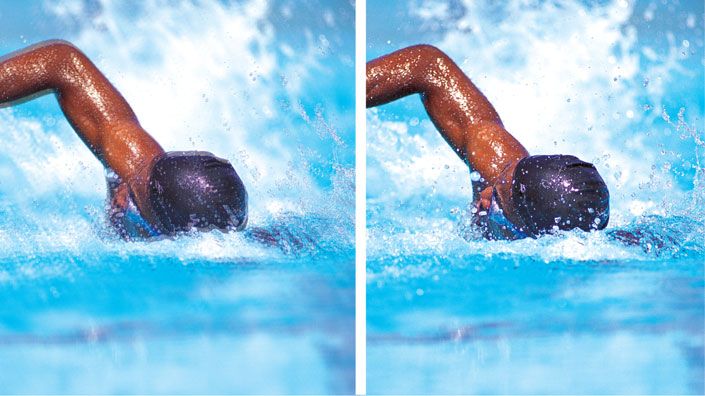

And Triluminos from Sony are also quantum dots... And this technology is from a third-party manufacturer... Hysens and Haer also produce such TVs